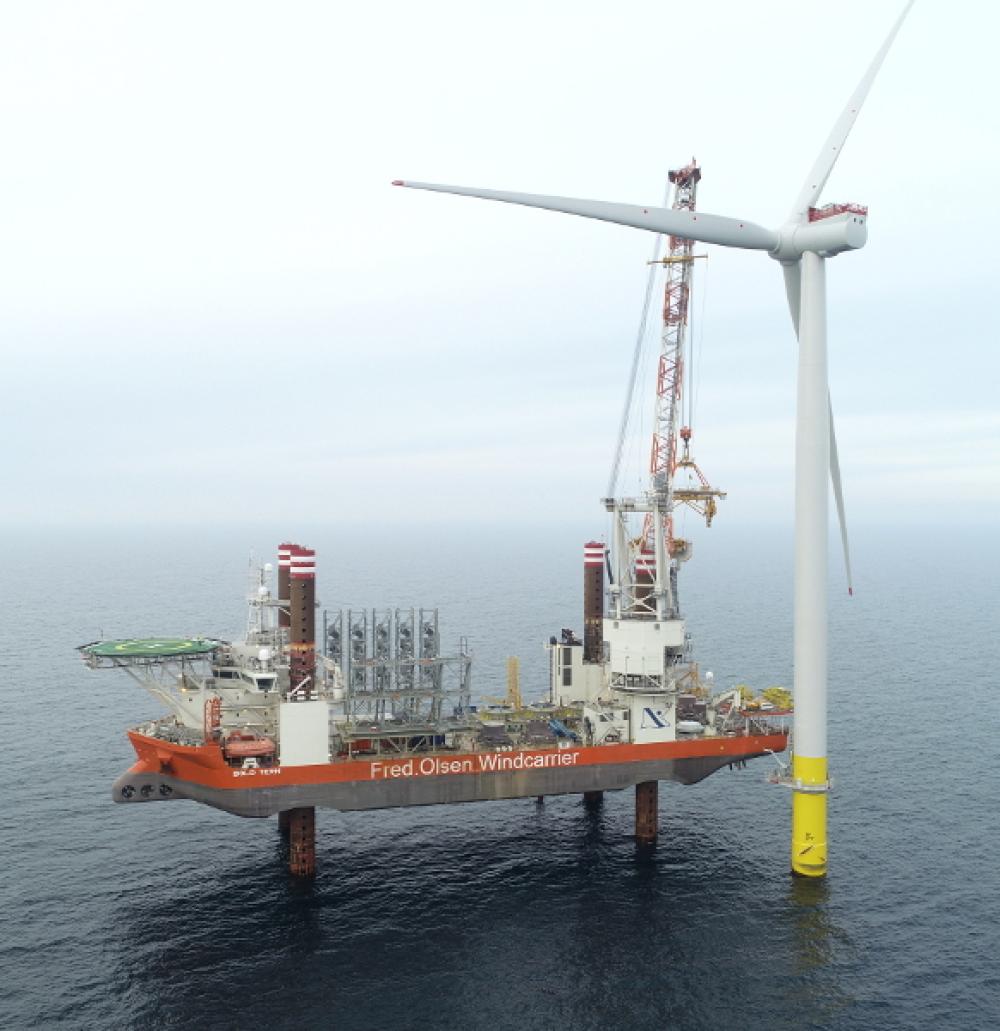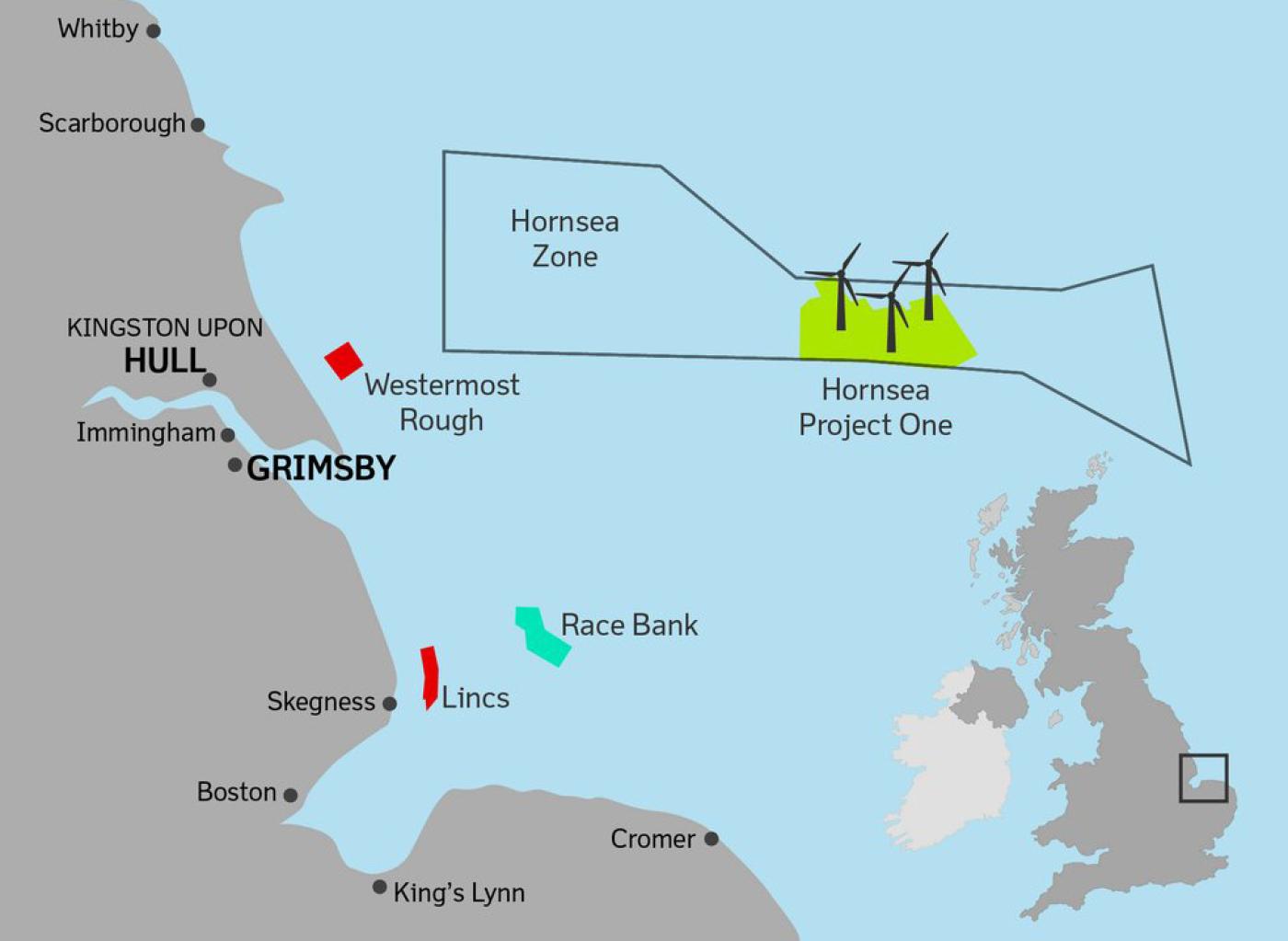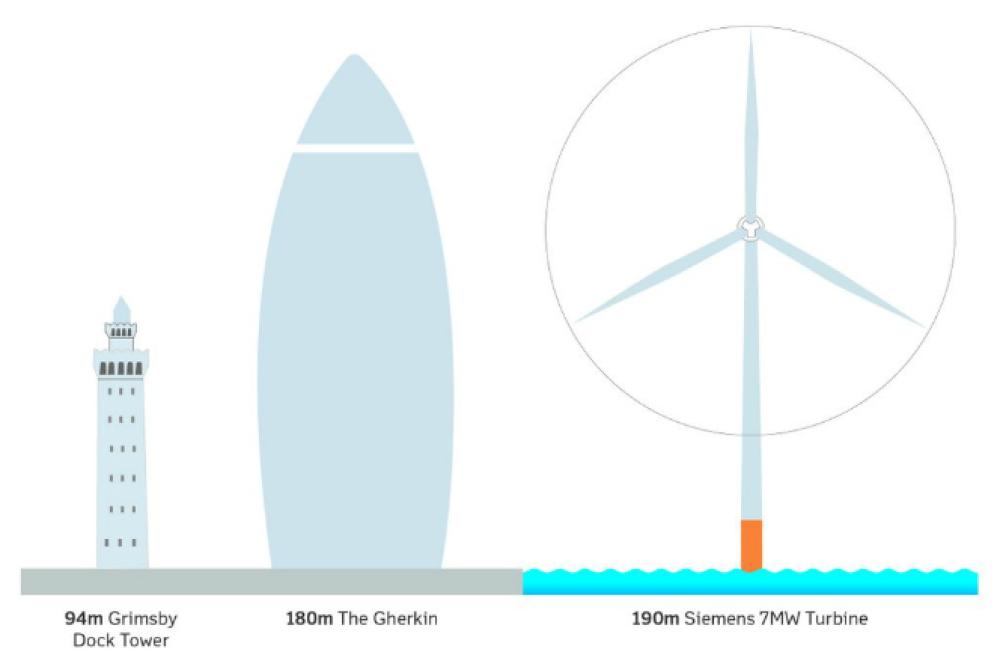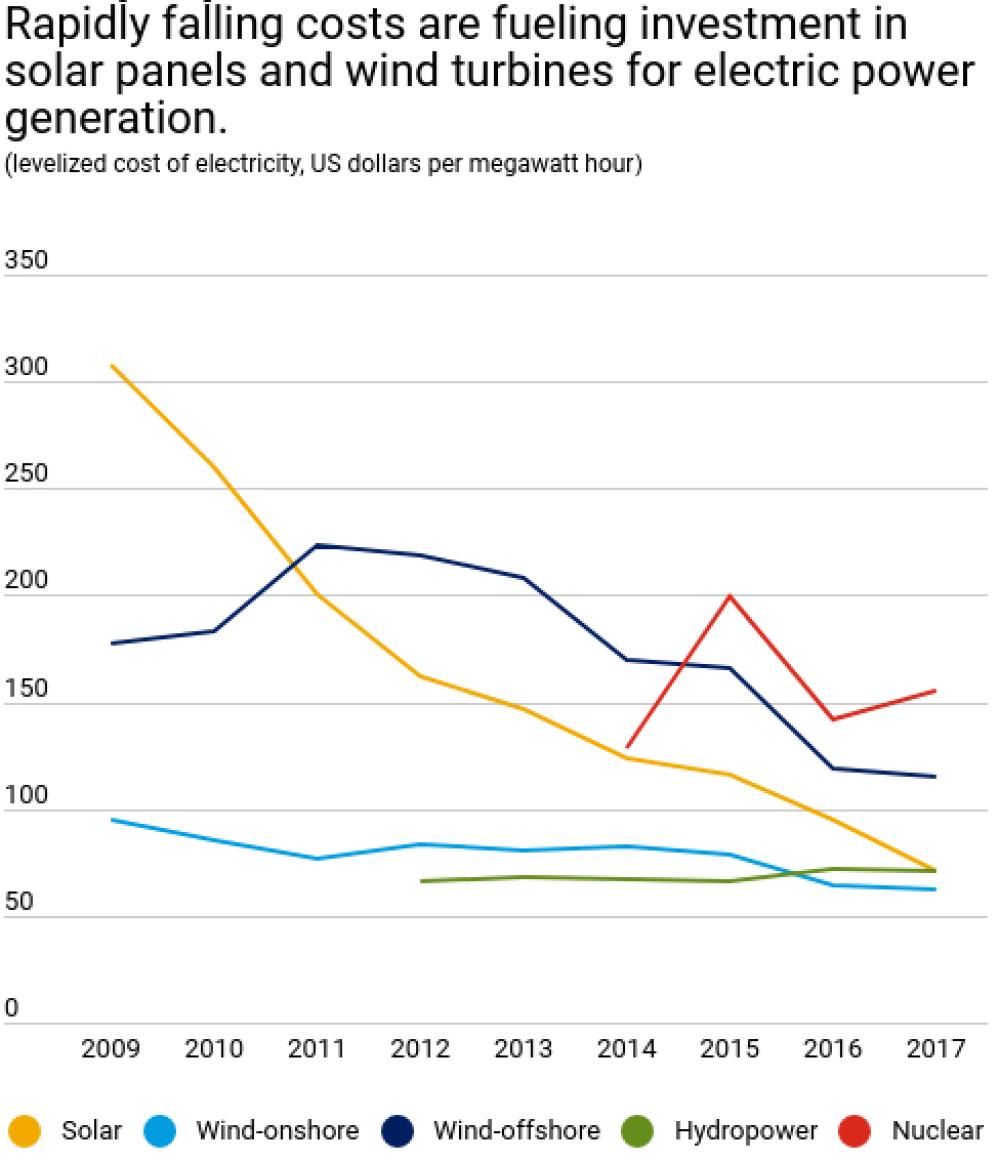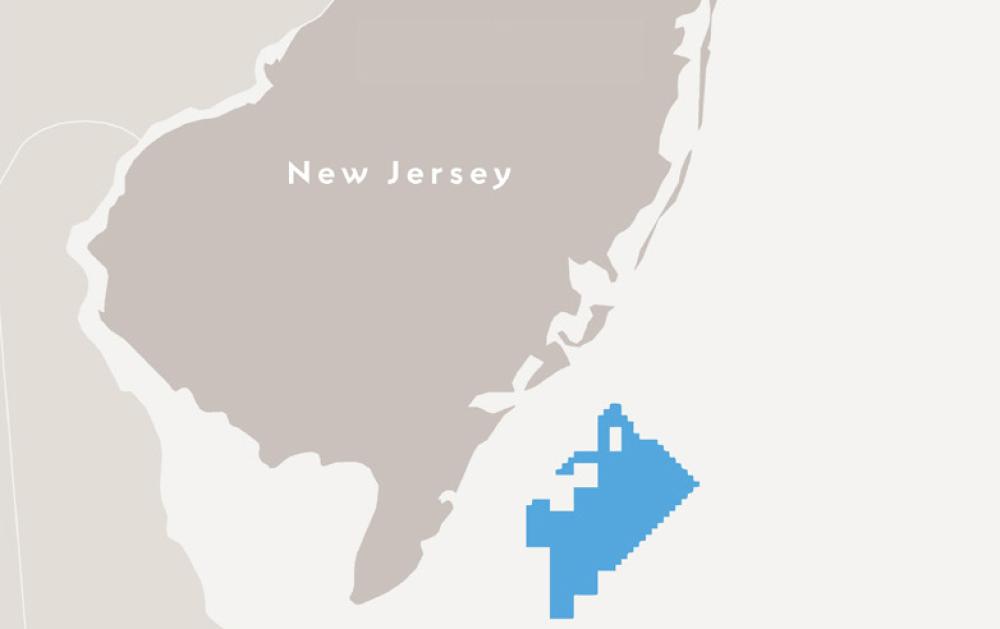Of the most innovative ideas for sources of sustainable energy, wind is historically the most prevalent. Humans have been harnessing the power of wind for more than 2,000 years. Sailors have used wind to propel their boats, ranchers have used it to power water pumps for livestock, and farmers have used it to power windmills to grind grain.
For the past 40 years, wind farms — groups of wind turbines in one location that produce electric power — have been one of the answers for rural America’s electricity needs. In fact the world’s first wind farm consisting of twenty 30kW wind turbines was installed in New Hampshire in 1980. But while onshore wind has proven to be a viable solution inland where there is enough physical space for the volume needed for them to be effective, when it comes to cities, onshore wind is a solution that has a very limited reach.
The versatility of wind as an energy source is proving itself once again — now with the utilization of offshore wind farms. There are many advantages to offshore wind, but the most appealing to us here at USGRCO is its urban compatibility. Offshore wind developments are located in water rather than on land and can thus be positioned closer to coastal cities. Logistically, that has the potential to simplify many of the transportation and transmission issues that are problematic for onshore wind farms.
